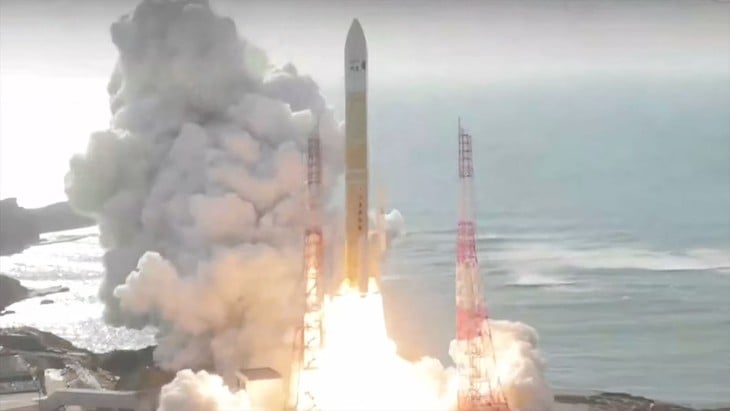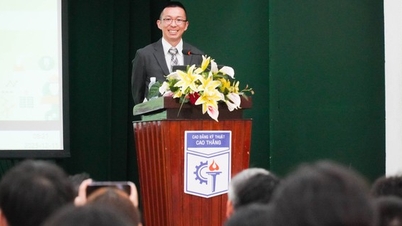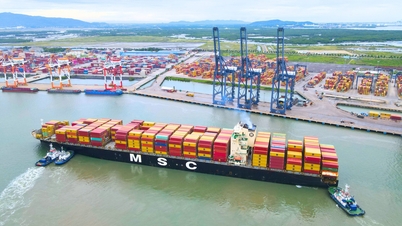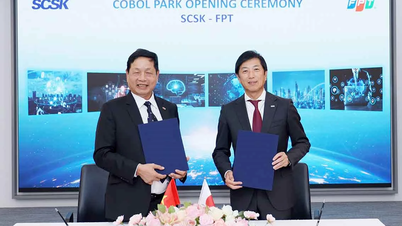
The H3 rocket carrying the HTV-X1 cargo spacecraft from JAXA lifted off from Japan's Tanegashima Space Center on Saturday, October 25, 2025. This is a new step forward in space launch technology, affirming Japan's new position in the space race. - Photo: JAXA/NASA
The Japan Aerospace Exploration Agency (JAXA) has successfully launched the HTV-X1 cargo spacecraft using an H3 rocket, marking a significant step in Japan's efforts to maintain and expand its role in international space missions.
On the morning of October 25th, the H3 rocket lifted off from the Tanegashima Space Center in Kagoshima Prefecture, carrying the unmanned HTV-X1 payload spacecraft. According to JAXA, the spacecraft successfully separated from the rocket and entered its intended orbit.
If all subsequent operations go smoothly, HTV-X1 will arrive at the International Space Station (ISS) in the next few days, carrying necessary cargo and supplies. At the ISS, Japanese astronaut Kimiya Yui will operate the robotic arm to "capture" the spacecraft.
HTV-X1 is considered the successor to the Kounotori ("White Heron") series, an unmanned transport spacecraft that successfully completed nine flights to the ISS between 2009 and 2020.
At 8 meters in length, the HTV-X1 is about 1.2 meters shorter than its predecessor, but it can still carry a similar payload of about 6 tons to low Earth orbit.
Not only is the HTV-X1 more compact and flexible, but it also boasts significant improvements in structure and control technology, resulting in safer operation, better fuel efficiency, and higher reusability. In particular, the vessel's power supply system has been upgraded, allowing for the preservation and transport of cell samples, laboratory equipment, and biomedical supplies at low temperatures—a capability not previously optimized for the Kounotori series.
The HTV-X1's key advantage is its ability to carry larger loads while providing power throughout the journey, allowing for the transport of cell samples and laboratory equipment requiring low-temperature storage.
HTV-X1 is designed to remain attached to the ISS for six months before separating to carry out its own debris and conduct a separate technical mission in orbit for an additional three months.
The H3 rocket is considered the successor to the H-2A series, which has been part of Japan's space program for over two decades, aiming to reduce launch costs and increase commercial competitiveness in the global space market.
Following a failed launch attempt in early 2023, the H3 has had six consecutive successful launches, confirming the stable capabilities of the new rocket family.
According to JAXA, building a stable and efficient commercial launch capability serves not only scientific research but also plays a strategic role in Japan's national security and space industry development.
Source: https://tuoitre.vn/nhat-ban-phong-thanh-cong-tau-cho-hang-moi-len-tram-vu-tru-quoc-te-20251026101552038.htm





![[Photo] Prime Minister Pham Minh Chinh holds a phone call with the CEO of Russia's Rosatom Corporation.](/_next/image?url=https%3A%2F%2Fvphoto.vietnam.vn%2Fthumb%2F1200x675%2Fvietnam%2Fresource%2FIMAGE%2F2025%2F12%2F11%2F1765464552365_dsc-5295-jpg.webp&w=3840&q=75)







































































































Comment (0)